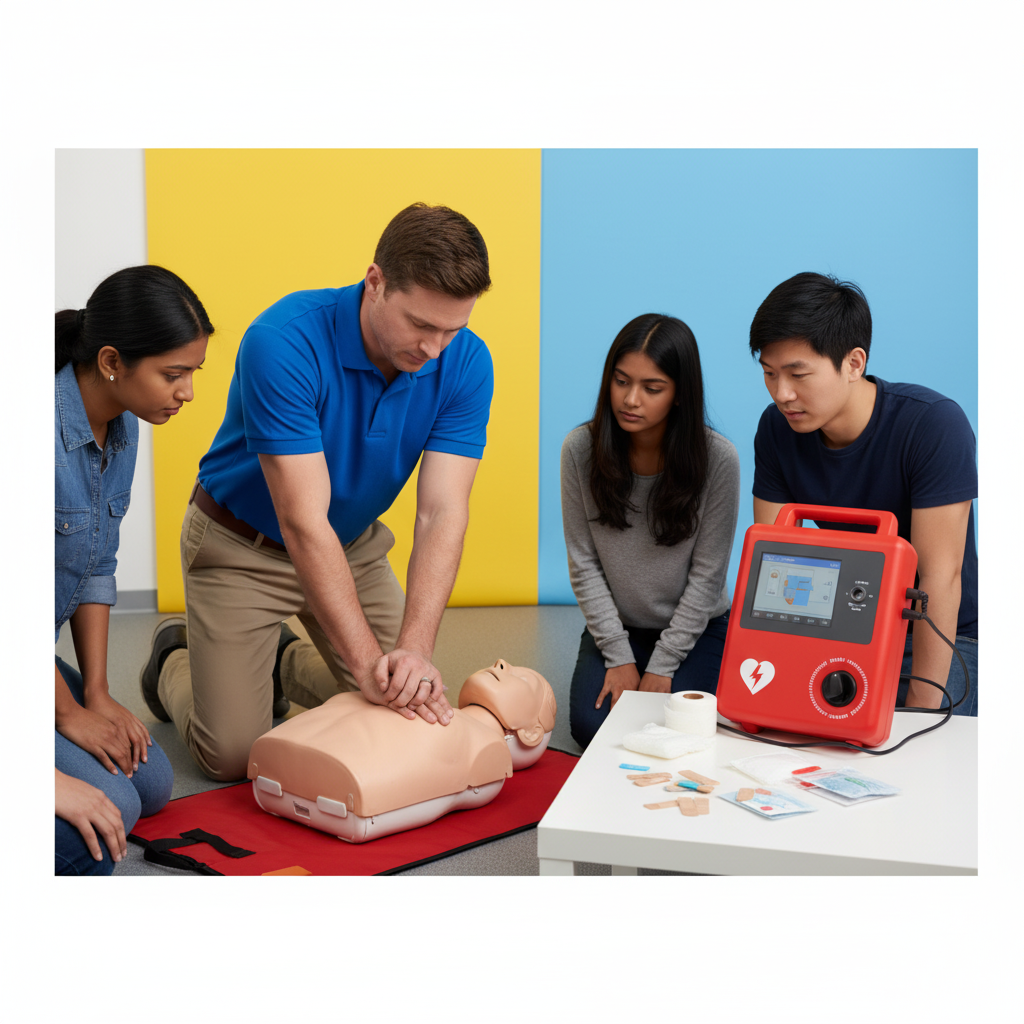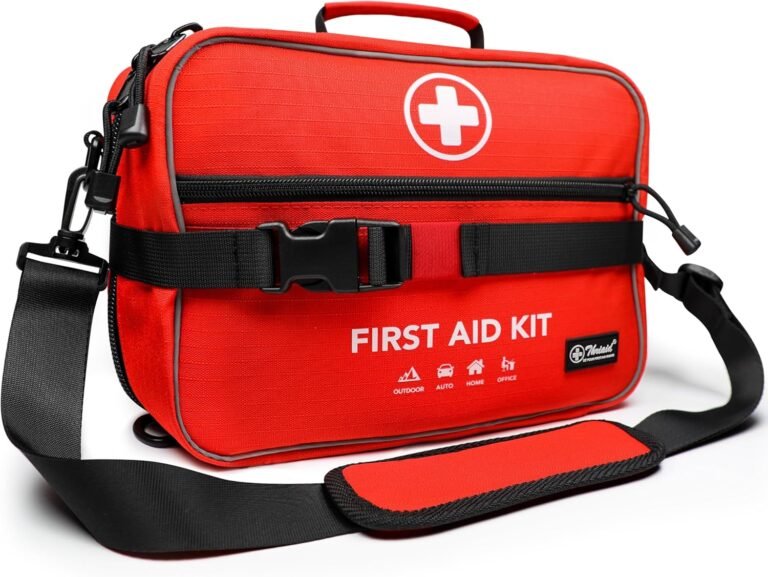Adult Cardiopulmonary Resuscitation: A Comprehensive Guide to Saving Lives
When someone’s heart stops beating, every second counts. Adult cardiopulmonary resuscitation (CPR) is a critical emergency procedure that can double or even triple a person’s chances of survival after cardiac arrest. This life-saving technique keeps blood flowing to vital organs until professional medical help arrives. Whether you’re a healthcare professional refreshing your knowledge or someone who wants to be prepared for emergencies, understanding proper CPR techniques is invaluable.

What is Adult Cardiopulmonary Resuscitation?
CPR stands for cardiopulmonary resuscitation. It’s an emergency life-saving procedure performed when someone’s heart stops beating. Adult cardiopulmonary resuscitation combines chest compressions and rescue breaths to maintain blood circulation and oxygen supply to the brain and other vital organs.
The primary goal of CPR is to manually preserve intact brain function until further measures can be taken to restore spontaneous blood circulation and breathing. When performed correctly, CPR can significantly improve outcomes for cardiac arrest victims.
Immediate CPR can double or triple chances of survival after cardiac arrest.
Types of CPR
Conventional CPR
For healthcare providers and trained individuals, conventional CPR involves both chest compressions and mouth-to-mouth breathing at a ratio of 30:2 (compressions to breaths). This method provides both circulation and oxygenation.
Hands-Only CPR
For the general public or bystanders who witness an adult suddenly collapse, hands-only CPR is recommended. This method focuses solely on chest compressions without rescue breaths and is easier for untrained rescuers to perform effectively.

Why Learning Adult CPR is Essential
Cardiac arrest can happen anywhere, at any time, to anyone. According to statistics, about 350,000 cardiac arrests occur outside of hospitals each year in the United States alone. The survival rate for out-of-hospital cardiac arrest is less than 10% – but immediate CPR can dramatically improve these odds.
When a person experiences cardiac arrest, their survival rate decreases by 7-10% for every minute without CPR. After 10 minutes without CPR, survival becomes unlikely.
Real-Life Scenarios Where CPR Saves Lives
- Workplace emergencies where colleagues experience sudden cardiac arrest
- Home situations involving family members with heart conditions
- Public settings like shopping malls, sports events, or restaurants
- Fitness centers where physical exertion can trigger cardiac events
- Swimming areas where drowning victims require immediate resuscitation

Be Prepared to Save a Life
Learning CPR is easier than you might think. Professional training takes just a few hours but provides skills that last a lifetime.Find CPR Training Near You
Step-by-Step Adult CPR Instructions
Before Starting CPR
- Check the scene for safety. Make sure there are no hazards to you or the victim.
- Check responsiveness by tapping the person’s shoulders and asking loudly, “Are you okay?”
- If there’s no response, call 911 or ask someone else to call while you begin CPR.
- Check for breathing by looking at the chest for rise and fall, listening for breath sounds, and feeling for breath on your cheek for no more than 10 seconds.
- If the person is not breathing or only gasping, begin CPR immediately.

Performing Chest Compressions
Position yourself at the person’s side. Place the heel of one hand on the center of the chest (at the lower half of the breastbone), and your other hand on top, interlocking your fingers. Keep your arms straight and position your shoulders directly above your hands.
- Push hard and fast at a rate of 100-120 compressions per minute
- Compress the chest at least 2 inches (5 cm) deep
- Allow the chest to fully recoil after each compression
- Minimize interruptions in compressions
- If untrained, continue hands-only CPR until help arrives

Rescue Breaths (For Trained Rescuers)
If you’re trained in CPR and comfortable performing rescue breaths:
- After 30 compressions, open the airway using the head-tilt, chin-lift method
- Pinch the person’s nose closed and make a complete seal over their mouth with yours
- Give two rescue breaths (1 second each), watching for the chest to rise
- Continue the cycle of 30 compressions followed by 2 breaths

Common Mistakes to Avoid During CPR
Correct Technique
- Compressing to adequate depth (2 inches)
- Allowing complete chest recoil
- Minimizing interruptions in compressions
- Proper hand placement on the lower half of sternum
- Maintaining the correct compression rate (100-120/min)
Common Errors
- Shallow compressions (less than 2 inches)
- Leaning on the chest between compressions
- Frequent or prolonged interruptions
- Incorrect hand placement (too low or too high)
- Compression rate too slow or too fast

Overcoming Hesitation
Many people hesitate to perform CPR due to fear of doing it incorrectly or concerns about legal liability. Remember that any CPR is better than no CPR. Good Samaritan laws in most places protect those who provide reasonable assistance in emergencies. If you’re untrained or unsure, hands-only CPR (chest compressions without rescue breaths) is still highly effective.
Build Your Confidence
Practice makes perfect. Regular CPR training helps overcome hesitation and builds muscle memory for emergency situations.Get CPR Certified Today
Using an AED with Adult CPR
An Automated External Defibrillator (AED) is a portable electronic device that automatically diagnoses life-threatening cardiac arrhythmias and treats them through defibrillation. When used in conjunction with CPR, an AED significantly increases survival chances.

AED Steps
- Power on the AED and follow the voice/visual prompts
- Expose the person’s chest and wipe it dry if necessary
- Attach the AED pads to the bare chest as shown in the diagram on the pads
- Ensure no one is touching the person while the AED analyzes the heart rhythm
- If the AED advises a shock, make sure everyone stands clear of the person
- Press the shock button if instructed by the AED
- Resume CPR immediately after the shock, starting with compressions
Never use an AED in water, on a metal surface, or if the person has a medication patch or implanted device where you need to place the pads. Remove medication patches and avoid placing pads directly over implanted devices.

Tips for Beginners to Master Adult CPR
Practice Techniques
- Use the beat of “Stayin’ Alive” by the Bee Gees to maintain the proper compression rate
- Practice on CPR manikins to develop muscle memory
- Watch instructional videos from reputable organizations
- Take refresher courses every two years to stay updated
Building Confidence
- Remember that any CPR is better than no CPR
- Focus on high-quality chest compressions
- Practice with family members to reinforce skills
- Learn to recognize the signs of cardiac arrest early

Practice Makes Perfect
Download our free CPR reference guide to keep these life-saving techniques fresh in your mind.Download CPR Guide
Frequently Asked Questions About Adult CPR
Can CPR break ribs?
Yes, rib fractures can occur during proper CPR, especially in older adults with more brittle bones. However, this risk is acceptable given the alternative of death from cardiac arrest. Effective CPR requires deep compressions, and the benefit of potentially saving a life outweighs the risk of rib fractures.
How long should I continue CPR?
Continue CPR until professional help arrives, the person shows signs of life (breathing, movement), an AED is ready to use, or you’re too exhausted to continue. If possible, take turns with other rescuers to prevent fatigue and maintain high-quality compressions.
Is hands-only CPR as effective as conventional CPR?
For adult victims of sudden cardiac arrest, hands-only CPR can be as effective as conventional CPR in the first few minutes. Studies show that continuous chest compressions without rescue breaths can maintain adequate oxygen levels initially. However, conventional CPR with rescue breaths may be more beneficial for children or in cases of respiratory arrest.
Do I need to remove clothing before performing CPR?
You should expose the chest to ensure proper hand placement for compressions and pad placement if using an AED. You can quickly open or cut through clothing if necessary. For women, CPR should be performed the same way as for men, with hand placement in the center of the chest, regardless of breast tissue.

Taking the Next Step in CPR Preparedness
Adult cardiopulmonary resuscitation is a critical skill that can mean the difference between life and death during cardiac emergencies. By understanding the proper techniques, practicing regularly, and staying confident in your abilities, you can be ready to act when seconds count.
Remember that while this guide provides valuable information, nothing replaces hands-on training from certified instructors. Consider taking a CPR certification course to fully develop these life-saving skills and gain the confidence to use them effectively in real emergencies.
Be a Life-Saver
Join the community of trained responders who are prepared to act in cardiac emergencies.Find CPR Classes Near You


